Why you should visit Naples this summer
Home to the best pizza in the world and the cheapest Aperol spritzes
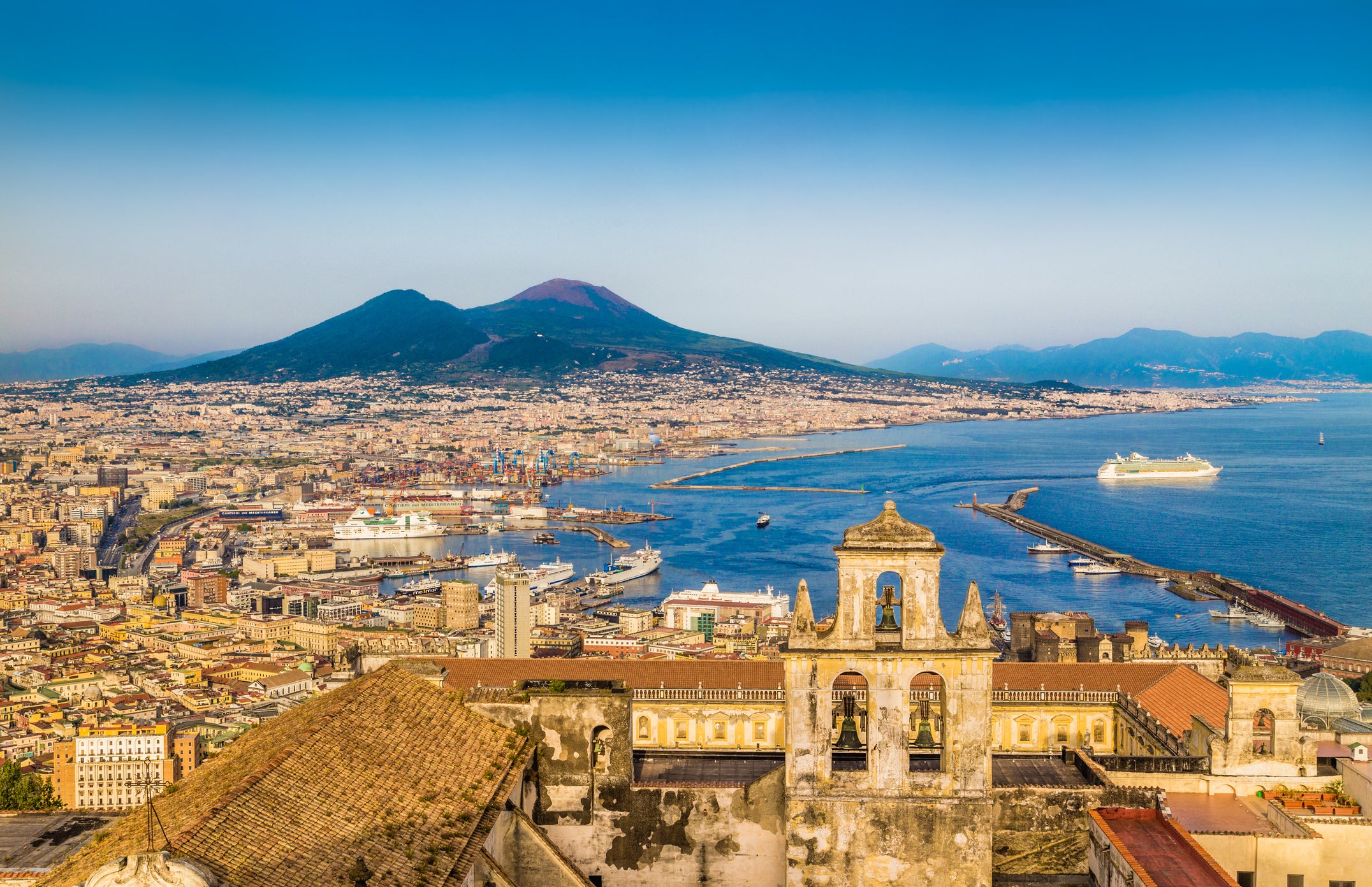
Your support helps us to tell the story
From reproductive rights to climate change to Big Tech, The Independent is on the ground when the story is developing. Whether it's investigating the financials of Elon Musk's pro-Trump PAC or producing our latest documentary, 'The A Word', which shines a light on the American women fighting for reproductive rights, we know how important it is to parse out the facts from the messaging.
At such a critical moment in US history, we need reporters on the ground. Your donation allows us to keep sending journalists to speak to both sides of the story.
The Independent is trusted by Americans across the entire political spectrum. And unlike many other quality news outlets, we choose not to lock Americans out of our reporting and analysis with paywalls. We believe quality journalism should be available to everyone, paid for by those who can afford it.
Your support makes all the difference.Naples, in all its hot, hedonistic and high-spirited glory, isn’t typically the first choice for an Italian city break.
For visitors, the country’s third city after Rome and Milan has traditionally been the mere launchpad to the nearby Amalfi Coast, or the archaeological wonderland of Pompeii. Until now, it hasn’t managed to entice city breakers to wander its narrow spines, peer into its historical churches or even stay long enough to wolf down a slice of its legendary pizza.
That’s all changing as the city spruces itself up. Here are 10 reasons to visit Naples this summer.
Aperol spritzes are so cheap
Remember the recent noise about Aperol spritz being “not a good drink”? Helpfully, Naples doesn’t really care whether you like its signature spritz or not – and neither should you, given that they’re just €1.50 at almost every pavement cafe and bar in the old town. It makes drinking 10 of them in a row (as I did) that bit more affordable.
Naples is the spiritual (and everything) home of pizza
The Neapolitan miracle is that even a cheap slice of margarita pizza from a touristy pavement restaurant in the old town, all thin slivers of dough with hot tomato sauce and wedges of buffalo mozzarella, tastes better than most pretender pizzas you’ll find elsewhere.
For the very best pizza, there’s Pizzaria la Notizia on Via Michelangelo da Caravaggio, which staunchly hangs onto its reputation as the world’s best pizza; or “in the know” joint Trianon. For a more formal affair, try the Beluga Bistrot inside the Romeo Hotel on the seafront: an artery-churning fried calzone comes with cinematic views across the bay to cruise ships and Vesuvius beyond.
There’s a spruced-up contemporary hotel to stay in
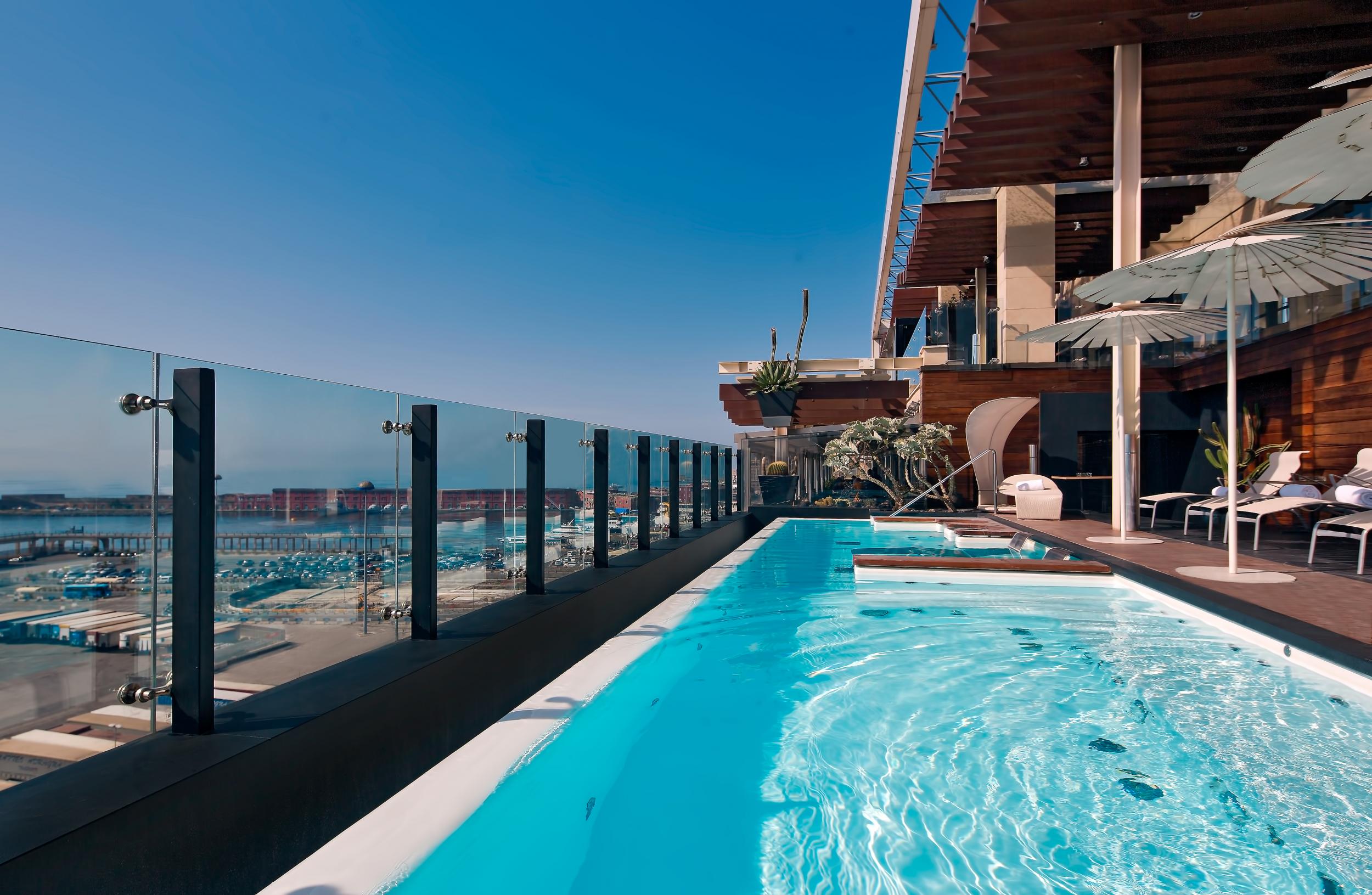
Right on the waterfront, the refurbed Romeo Hotel provides a glassy, Japanese-designed haven amid the neighbouring scruffy streets. Rooms are dressed in forest green and rich walnut furnishings, the art-filled lobby even includes a piece by Andy Warhol and floor-to-ceiling windows overlook the bay of Naples, which is the real bonus of this five-star place.
A teeny-tiny rooftop pool is perfect for lounging in and around; and the one-Michelin-starred restaurant atop the hotel, Il Comadante, does a neat line in traditional Italian dishes (ragu, seafood spaghetti) alongside plenty of fresh-fresh-fresh seafood.
The city is the perfect springboard to Pompeii and the Amalfi Coast
Although there’s plenty to keep you in the city proper, Naples is still the perfect start to a longer meander along the gorgeous Amalfi Coast, perhaps stopping at manicured villages such as Positano and Ravello.
The ancient Roman city of Pompeii, buried by Vesuvius ash in AD79, is just a day trip; and ferries to the nearby islands of Ischia and Capri in the Bay of Naples go from right outside Romeo’s door. (Just don’t bother in summer: the islands are almost unbearably busy.)
Vesuvius sits moodily in the background
Still an active volcano, Vesuvius bubbles away as a geologic totem of the city. There’s something about staying right next to an active volcano that could blow at any time that gives the city a slightly on-edge feel.
Even the subway stations are pretty...
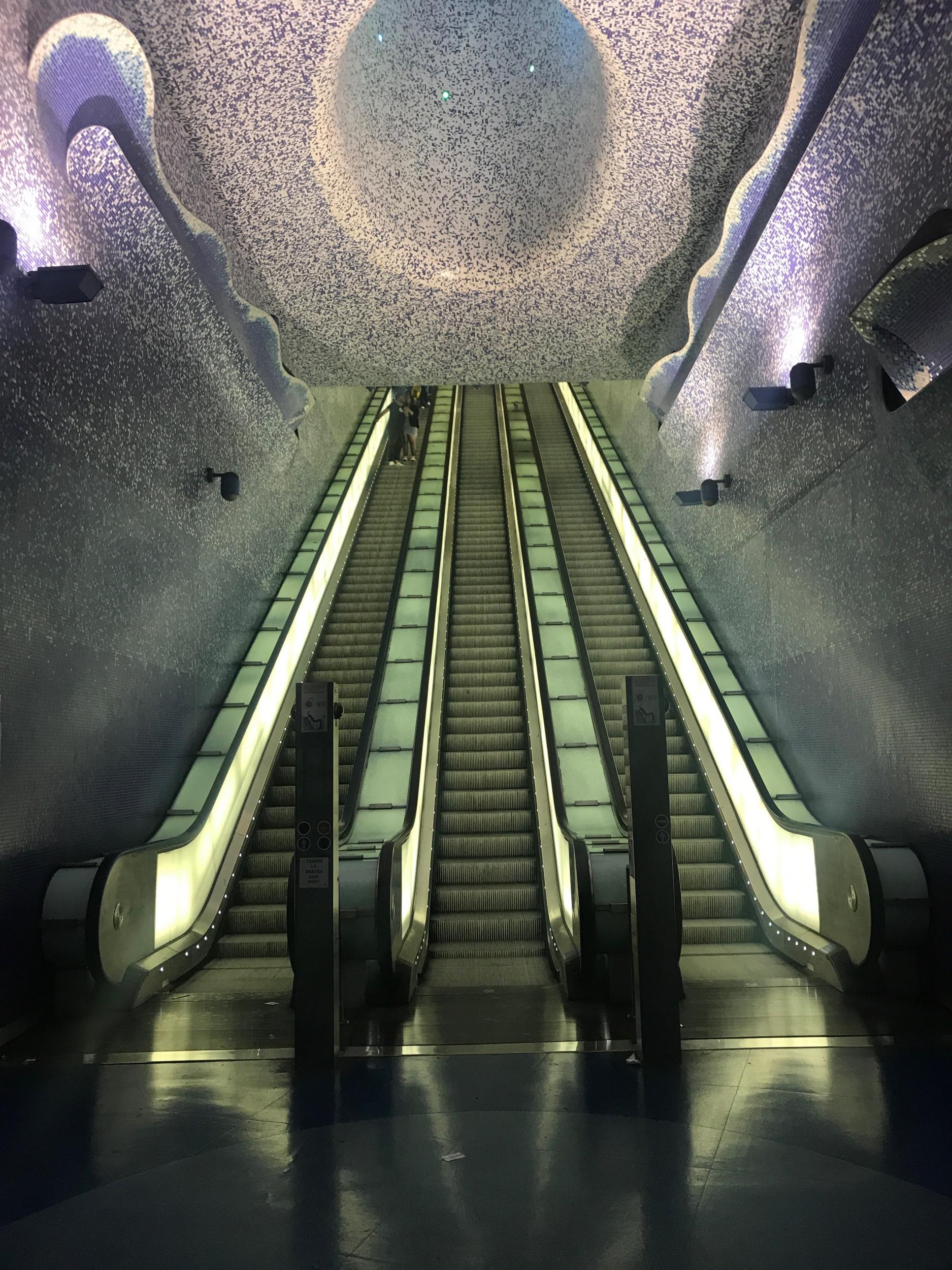
Naples has always been a city obsessed with what’s beneath. The underground is a major theme in Elena Ferrante’s Neapolitan novels, which are set in the city’s grubbier neighbourhoods, and this preoccupation also extends to prettifying its subway system.
The subway station of Toledo, right in the heart of town, is awash with a whirr of aquamarine tiles that appear when passengers go down the escalator to the platforms (you’ll need to buy a ticket to see them). An atrium looking back up to the street from the platform is ringed with blue tiles and rinses everything in a stark marine glow.
...and there are underground caves
Forty metres beneath Naples’ old city is a complex underground network, Napoli Sotterranea, which was built more than 2,000 years ago. These caves have been used in various (unglam) ways over the years: as air raid shelters and as a store of rubbish. Inside, you can explore the innovative Greek-Roman aqueduct system, wander down a very tight corridor with just a candle for company and also see the beginnings of an amphitheatre, which is still in the process of being excavated.
You can wander the Spaccanapoli (the “Spaca” for short)
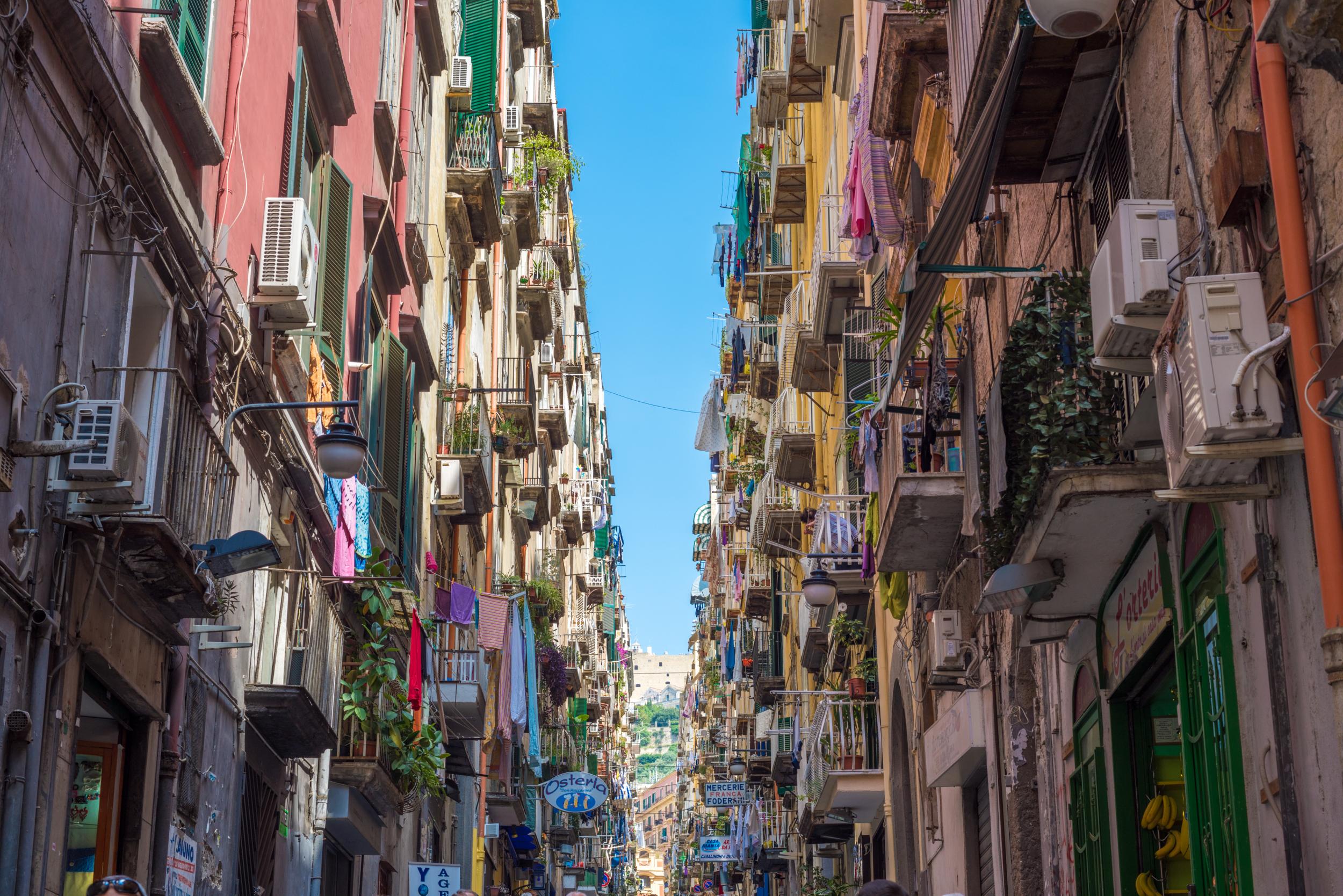
Literally the “Naples Splitter”, this rod-straight street bisects the old city and is fronted with shops, restaurants, cafes and churches. It begins at Piazza Gesù Nuovo, named for the ridiculously opulent, frescoed church of the same name, and runs through the old town.
It’s perennially packed with vendors and a wander along it will take you past churches and courtyards (stop in at the Santa Chiara monastery to see the lustrous yellow and blue tiles) and boutiques such as Ceramiche di Vietri di Fasano Rosario, where a rainbow of traditional Capodimonte ceramics are rendered in bowls, plates and everything in between.
Visit the Museo di Capidimonte
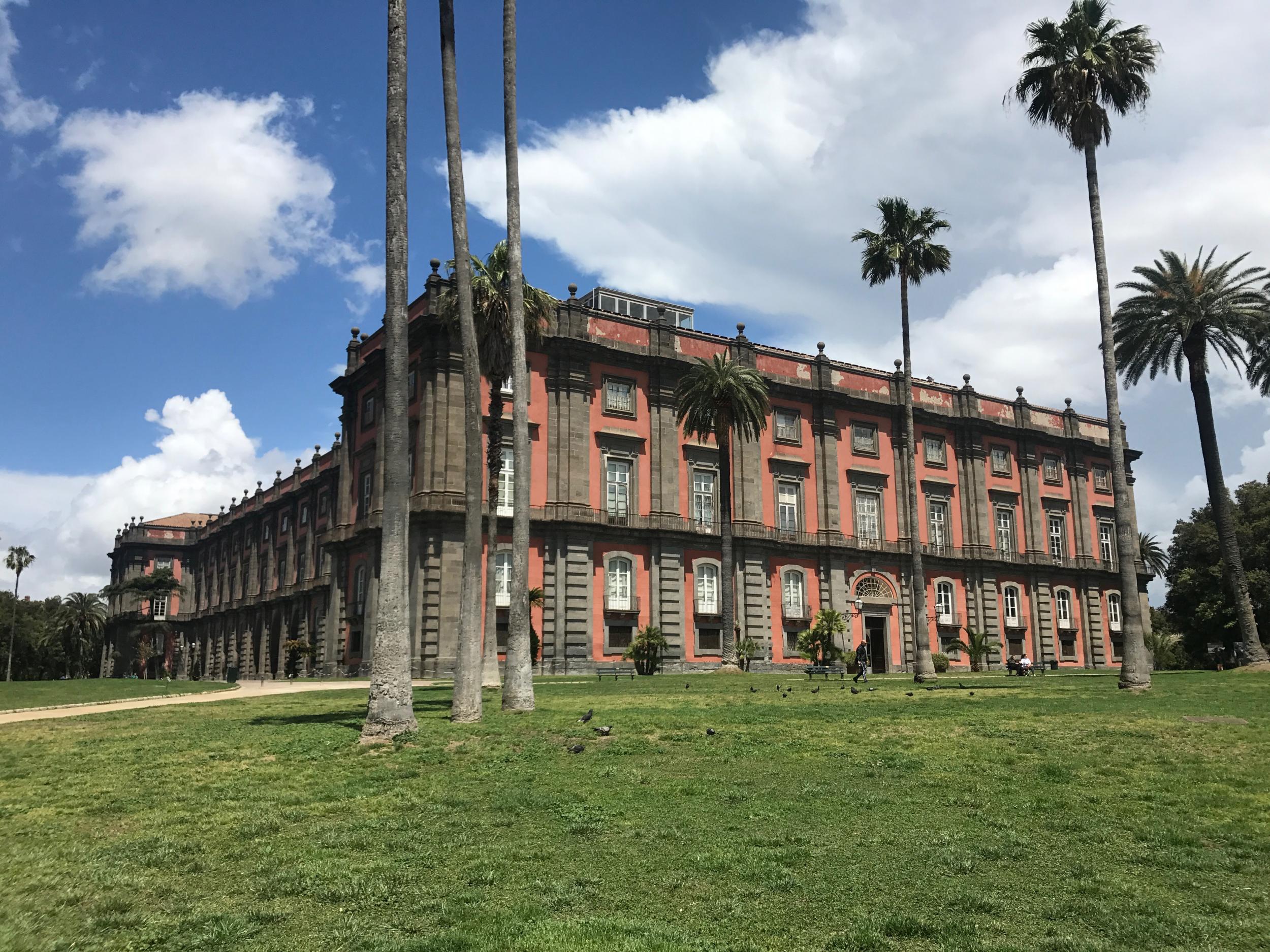
High up on a hill on the fringes of the city is the Museo di Capodimonte, a grand former Bourbon palazzo filled with traditional Neapolitan painting and sculpture, as well as works from Italian greats such as Caravaggio and Titian. The terracotta palace is just as beautiful on the outside, with palm trees swaying gently on the lawn, and the terrace offers a smasher of a view across the city.
Have a coffee at Gran Caffe Gambrinus
Before Aperol spritz hour, Neapolitans sustain themselves on tiny cups of very strong coffee. The 19th century Gran Caffe Gambrinus near the harbour is touristy, but worth a visit: the cathedral-like, mirrored tea room, formerly the domain of limoncello-swilling Oscar Wilde, lords it over the colonnaded Piazza del Plebiscito outside.
Travel essentials
A three-night package at Romeo Hotel costs from £1,360 and includes flights and private transfers. To book visit Original Travel.
Join our commenting forum
Join thought-provoking conversations, follow other Independent readers and see their replies
Comments